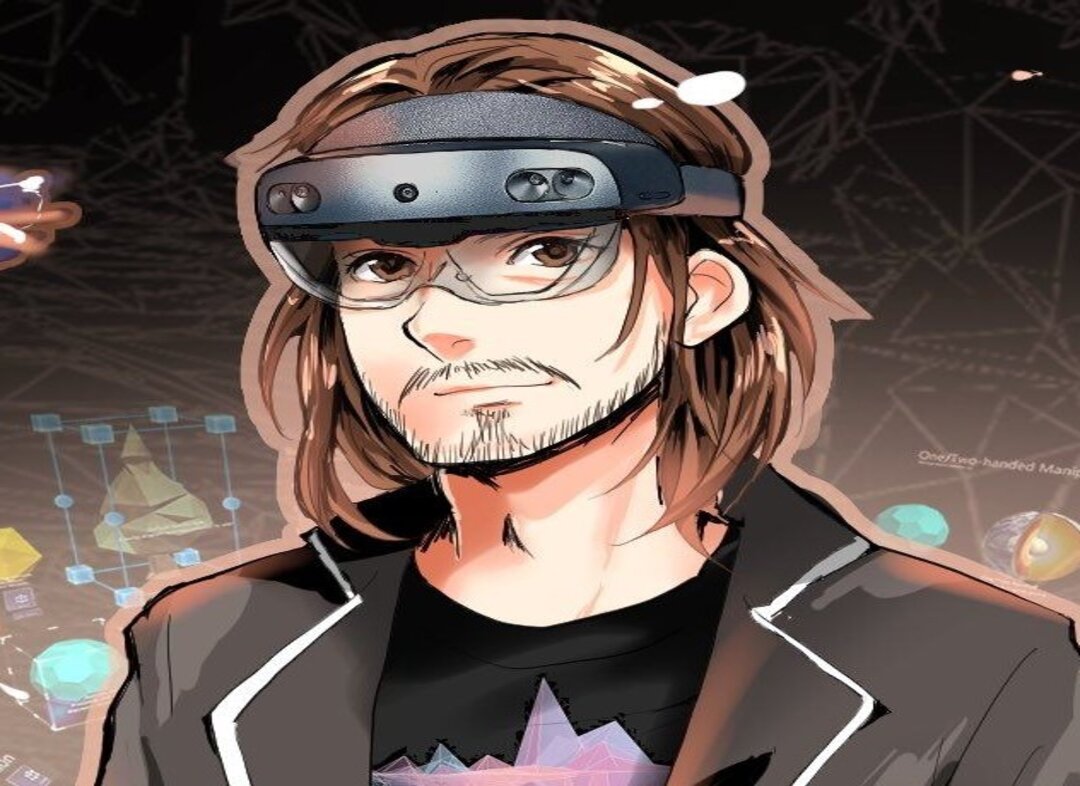
Virtual Reality (VR) emerges as a groundbreaking tool in the dynamic professional development landscape, fundamentally transforming how training programs are conceived, delivered, and experienced. With its unparalleled ability to simulate real-life scenarios in a controlled, immersive environment, VR is not just an innovative technology but a strategic asset in enhancing the effectiveness and engagement of professional training. This article explores how VR reshapes professional development, promising a future where learning is limitless, engaging, and profoundly impactful.
Bridging the Gap Between Theory and Practice
Traditional training methods often need help to bridge the gap between theoretical knowledge and its practical application. With its immersive simulation capabilities, VR technology offers a seamless transition from learning to doing. Creating realistic, interactive environments allows learners to practice skills, understand complex concepts, and receive immediate feedback in a risk-free setting. This experiential learning approach not only boosts confidence but also enhances skill retention, making VR a cornerstone in the future of professional training.
Enhancing Engagement and Retention
Engagement is critical in any learning experience. VR stands out by turning passive learning into an active, captivating journey. Through immersive storytelling and interactive scenarios, learners are not just observers but active participants in their learning process. This heightened engagement improves retention rates, as VR makes learning memorable. The sensory experience of VR, combined with its interactivity, ensures learners absorb and retain information more effectively than traditional learning methods.
Customizable Learning Experiences
One size does not fit all in professional development. VR addresses this challenge by offering customizable learning experiences that cater to the individual needs of each learner. Whether it’s adjusting the difficulty level of simulations, incorporating specific scenarios relevant to a learner’s job role, or accommodating different learning styles, VR’s flexibility makes personalized learning not just a possibility but a reality. This customization enhances the learning experience, ensuring it is relevant, targeted, and effective for everyone.
Scaling Expertise and Reducing Costs
Traditionally, high-quality training often comes with high costs, including travel, equipment, and expert instructors. VR democratizes access to expert training by encapsulating expert knowledge into virtual simulations that can be accessed from anywhere at any time. This scalability not only makes expert training more accessible but also significantly reduces the costs associated with physical training setups. Moreover, VR’s ability to replicate expensive or hard-to-access equipment and environments in a virtual setting means more learners can practice hands-on without the associated costs or risks.
Preparing for the Unpredictable
VR training becomes invaluable in industries where the cost of error is high. By simulating high-stakes scenarios in a controlled environment, learners can prepare for emergencies, complex procedures, or unpredictable challenges without real-world consequences. VR training is particularly beneficial in healthcare, aviation, and manufacturing, where hands-on experience with rare, dangerous, or critical situations can differentiate success and failure.
Continuous Learning and Performance Support
VR extends beyond initial training sessions, offering tools for continuous learning and performance support. With VR, professionals can refresh their skills regularly, practice new techniques, or prepare for specific tasks before performing them in real life. This ongoing access to training material ensures that skills remain sharp and knowledge is up-to-date, fostering a culture of continuous improvement and lifelong learning.
The Future Is Now: Embracing VR in Professional Training
The potential of VR in professional training is vast and largely untapped. As technology continues to evolve, so will how we can leverage VR for more immersive, compelling, and engaging training experiences. Businesses and educational institutions ready to invest in VR technology will gain a competitive edge in their respective fields and contribute to creating a skilled, adaptable, and future-ready workforce.
Virtual Reality is not just changing the game; it’s redefining it. VR technology sets a new professional development standard by offering immersive, customizable, and engaging learning experiences. As we stand on the brink of this transformative shift, it’s clear that VR holds the key to unlocking the full potential of professional training. The future of learning is here, and it’s virtual, immersive, and fascinating. With VR, we’re not just preparing for the future of professional training; we’re actively shaping it, one virtual experience at a time.
This exploration into the impact of VR on professional training illuminates a path toward a future where learning is not just about absorbing information but experiencing and applying it in real-time, in real scenarios, but without real risks. As VR technology becomes more accessible and its applications more widespread, the possibilities for professional development are boundless. The question is no longer if VR will become a staple in professional training but how quickly we can embrace its potential to revolutionize learning for professionals across the globe.